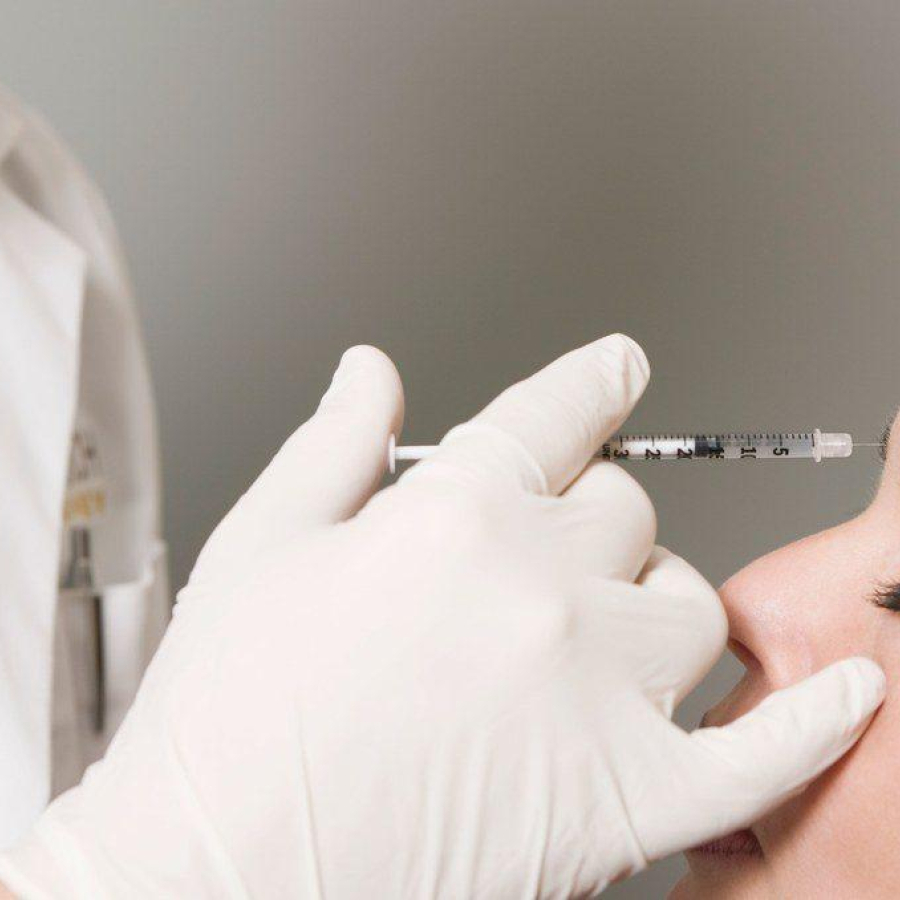
Legal
Second California Law That Affects MSOs Passes
California has now passed two laws that will have an effect on how investors, health care entities and management services ...

Show your committment to patient safety, legal compliance and community over competition.
AmSpa members receive preferred pricing on all AmSpa live and virtual trainings.
Get the latest news and information about safe, legal practice in medical aesthetics directly in your inbox.
Get access to med spa laws, in-person and online training and more!
Posted By Madilyn Moeller, Thursday, May 13, 2021

Update from AmSpa Legal Coordinator Patrick O'Brien (5/17/21): There has been some confusion and concern regarding the common use of platelet rich plasma (PRP) in medical spas and whether it will be subject to these new rules. The FDA's framework for regenerative medicine products using human cells or tissues (referred to as HCT/P) has very specific definitions regarding which type of tissues or products qualify as a HCT/P. While the FDA may change its guidance in the future, PRP that is derived from the patient's own blood (such as through a centrifuge) is currently not considered an HCT/P; instead, products and treatments that use stem cells, liquids and other substances extracted from other tissue—such as adipose fat or placental/umbilical cord blood—do fall under these rules. Depending on the situation, the manufacturer may need to get pre-approval for the products, and/or the health care providers may need to work under the investigational new drug (IND) clinical study framework.
The Food and Drug Administration (FDA) will soon be enforcing new regulations which go into effect June 1, 2021. A few human cells, tissues, and cellular and tissue-based products (HCT/Ps) will now be classified under new regulation tiers, impacting the investigational new drug (IND) and biologic licensing needed to manufacture and distribute certain treatments.
The IND application and premarket approval requirements, which were initially slated to end in November 2020, were extended through the end of May. This compliance and enforcement discretion policy was intended to allow manufacturers to determine if regulations would apply to their products, and to prepare and submit appropriate applications to the FDA if needed.

The laws that apply to HCT/Ps are sections 351 and 361 of the Public Health Service Act. These two tiers were established in the Code of Federal Regulations at 21 CFR 1271.
Section 351 allows the FDA to regulate biological products that are shipped in interstate commerce; requires the products to be safe, pure and potent; and gives the FDA the power to suspend or revoke licenses and recall products. Drugs, devices, and biological products regulated under both sections 351 and 361 require clinical trials to determine their safety and efficacy.
Section 361 gives the FDA the authority to issue and enforce regulations necessary to prevent the introduction, transmission, or spread of communicable diseases from foreign countries into the U.S. or between states. Products that meet the criteria to be kicked down and regulated solely under the authority of section 361 are those that generally undergo minimal manufacturing, and can be assumed to be safe and effective, provided appropriate provisions are followed to prevent the transmission of communicable diseases.
Beginning on June 1, 2021, autologous fat grafting will fall under Section 361. This procedure consists of autologous cells or tissue that are removed from an individual and implanted in the individual without intervening processing steps beyond rinsing, cleansing, sizing, or shaping. You do not need an IND application or Investigational Review Board (IRB) to perform these treatments.

Also, adipose-derived stem cells will fall under section 351 and 361. These include stromal vascular fraction (SVF) and exosomes. Distributors of these products will need a valid biologics FDA license. If currently in the development stages, these products can only be used in humans in FDA-sanctioned clinical trials with an approved IND. Medical devices must be used for specific approved use, and "off label" use of a manufacturer's medical device without an IND or specific medical device exemption is not allowed.
Related Tags
Medical spa news, blogs and updates sent directly to your inbox.

Legal
California has now passed two laws that will have an effect on how investors, health care entities and management services ...

Legal
A newly passed law in California will prohibit certain contractual provisions between medical and dental practices and private equity groups ...

Legal
By Patrick O'Brien, General Counsel, American Med Spa Association (AmSpa)The September bulletin from the Texas Medical Board (TMB) helps to ...

Legal
By Patrick O’Brien, General Counsel, American Med Spa AssociationOn September 23, 2025, the Alabama Board of Medical Examiners (BME) issued ...